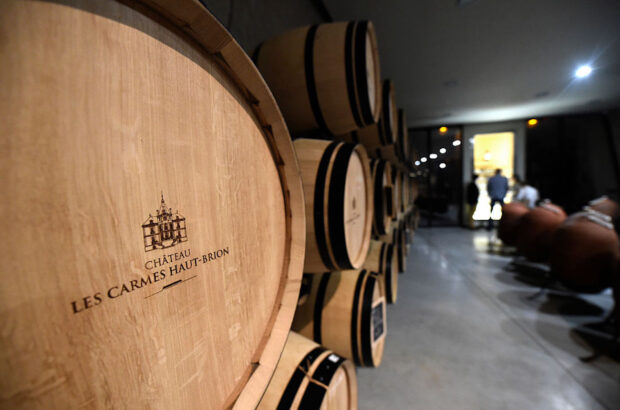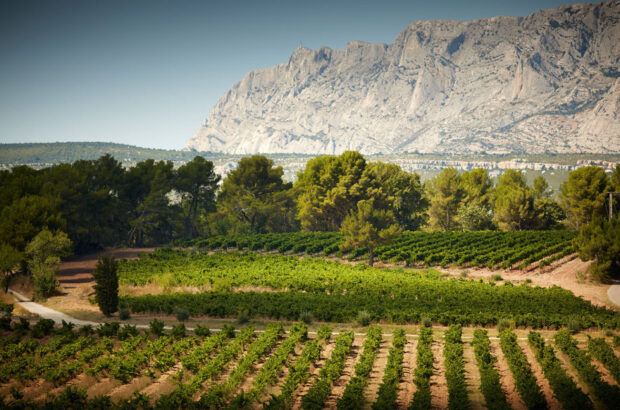keep
Big, full wines of concentrated colour and flavour that should last well, especially those from the Napa Valley.
Weather Conditions
After late frosts and an unseasonably hot spring, the weather moderated, leading to an early harvest for many grapes and long hang times for others. In the Napa Valley, yields and production were down 5-15% but perfect-looking grapes promised superb wines. Hillside red vineyards ripened before those on the valley floor, which stalled, letting flavours develop while sugar levels stayed static or even dropped.
Bud break was a week to 10 days early in March, which left vines vulnerable to late frosts. Sure enough, one of the most severe frosts in 25 years hit in April, decimating even hillside and Carneros vines usually impervious to frost. Then the hottest May in history caused grapes that didn’t develop. But perfect weather followed, with cool nights and warm, not excessively hot, days.
Harvest in Sonoma County began in mid-late August and was mostly wrapped up by mid October. An unexpected storm hit in late September, delivering an inch of rain in some places, though the late rain didn’t create much bunch rot or affect the harvest, and was followed by a hot spike in October.
Best Appellations
A fantastic year in the Napa Valley, better than 2000, and comparable to 1978 or 1980 in terms of flavours and texture. The grapes were good across the board, especially Cabernets from Alexander Valley. In Sonoma County, quality was very good to excellent – similar to 1999, not as good as 1997, but better than 2000.
Best Producers
Alexander Valley Vineyards, Beaulieu Vineyard, Cain Five, Clos Pegase, Diamond Creek (Volcanic Hill), Far Niente, La Jota Vineyards and Stag’s Leap Wine Cellars all have outstanding potential at this stage of the game.







